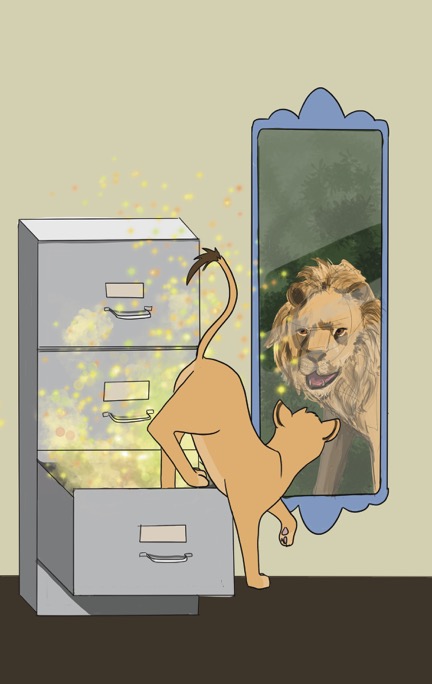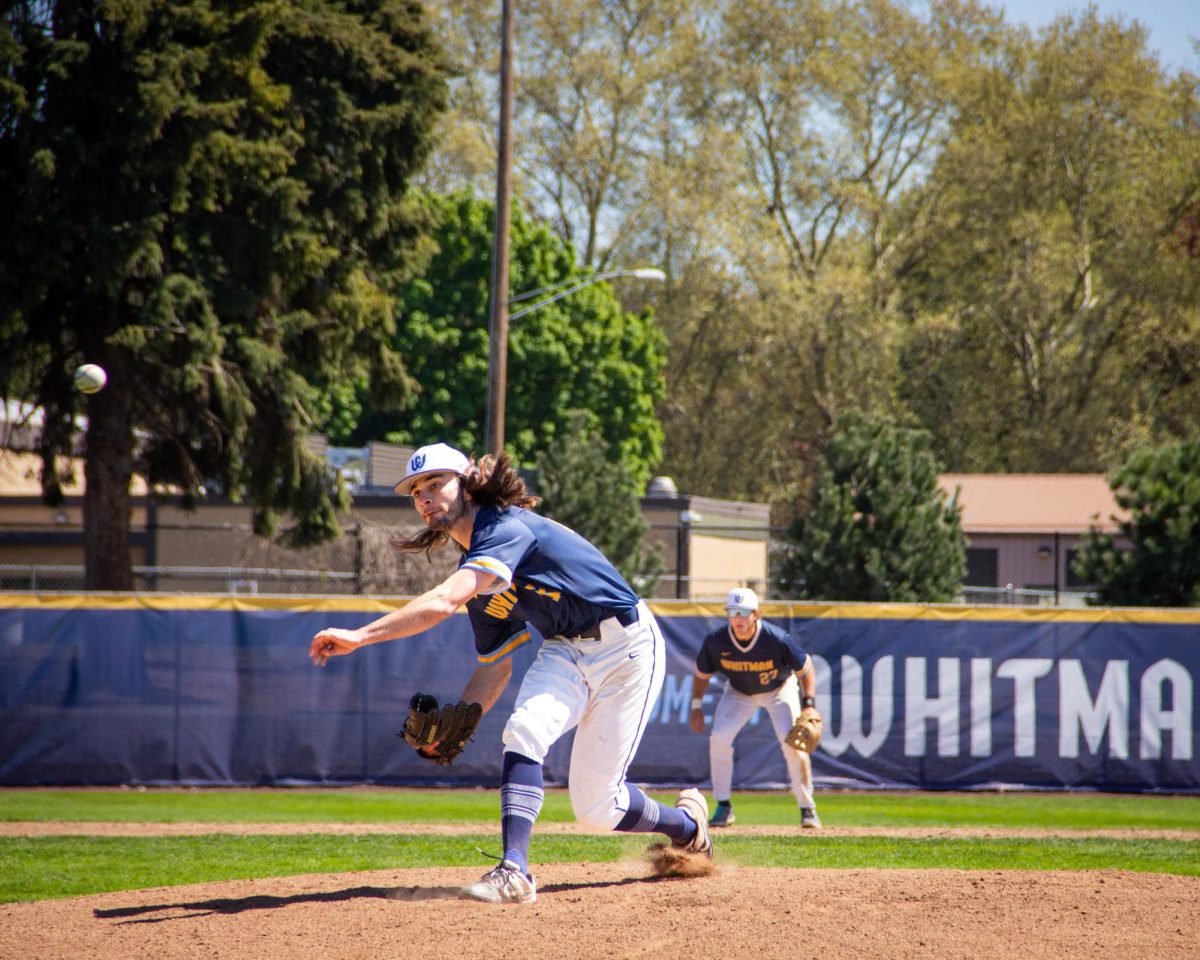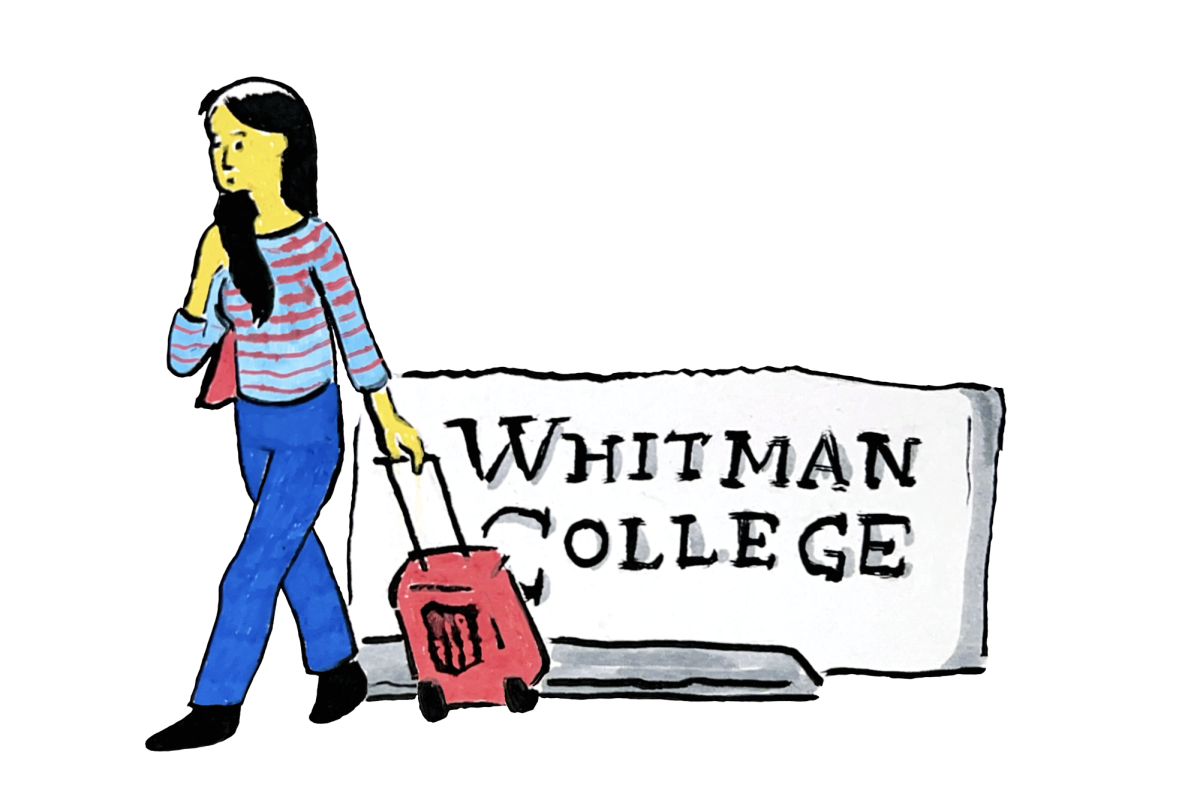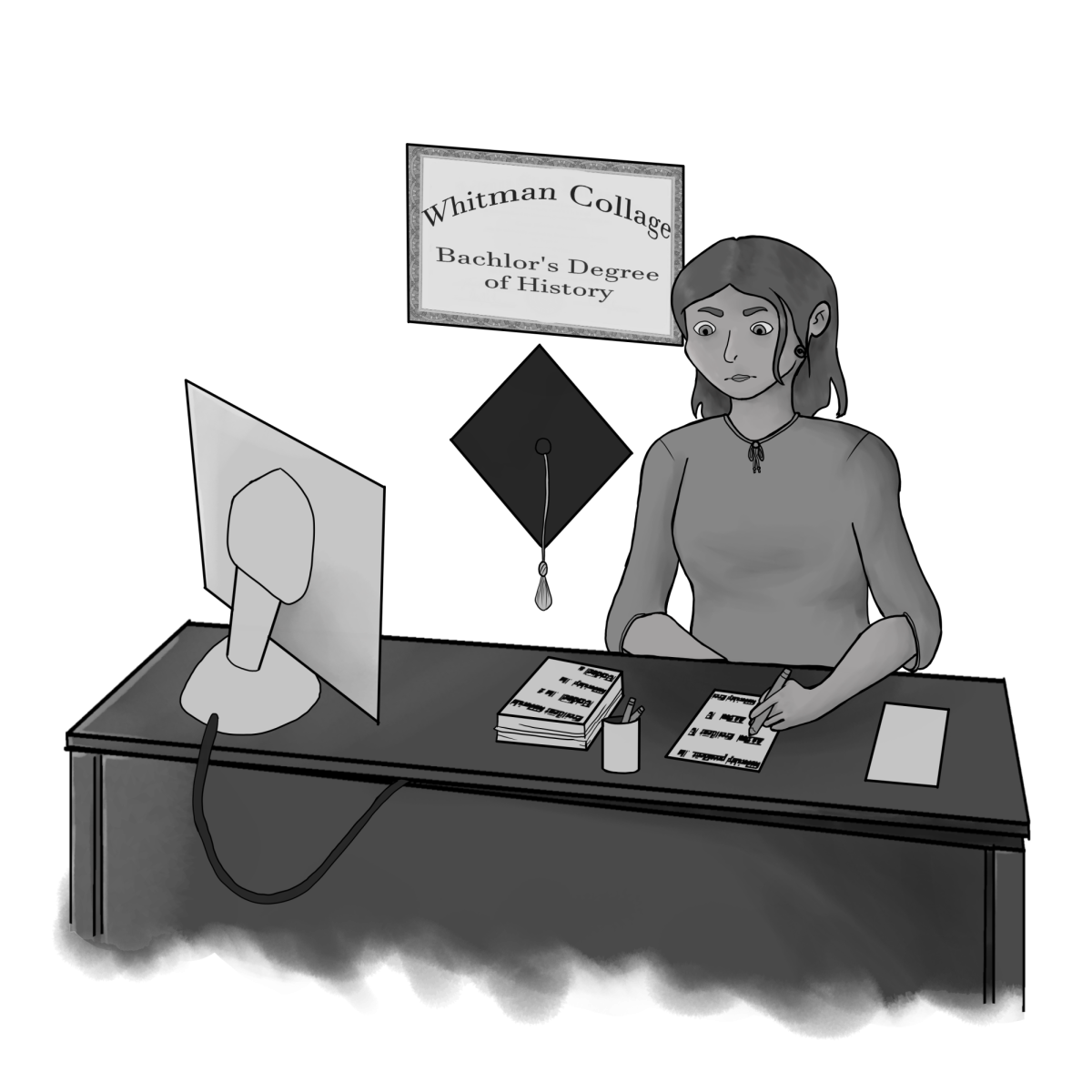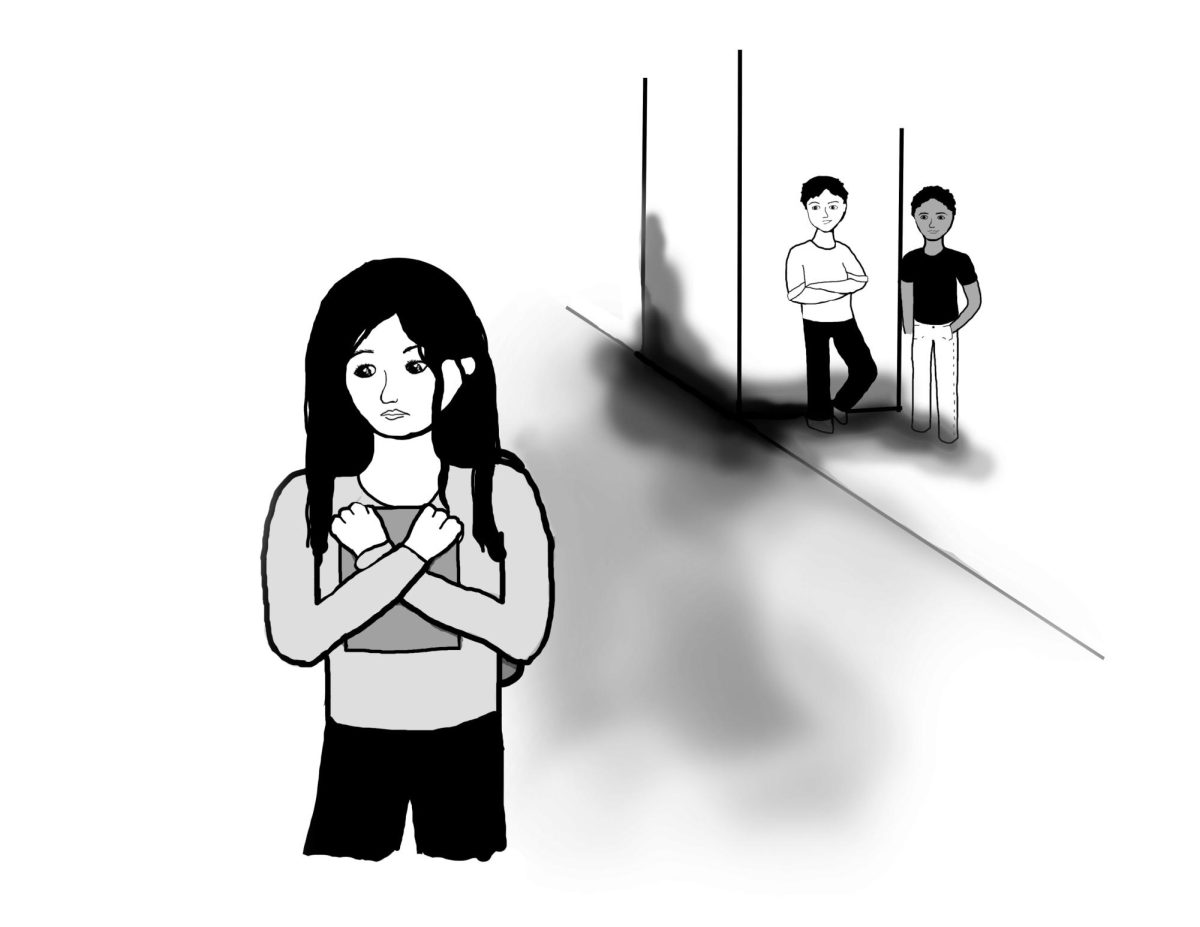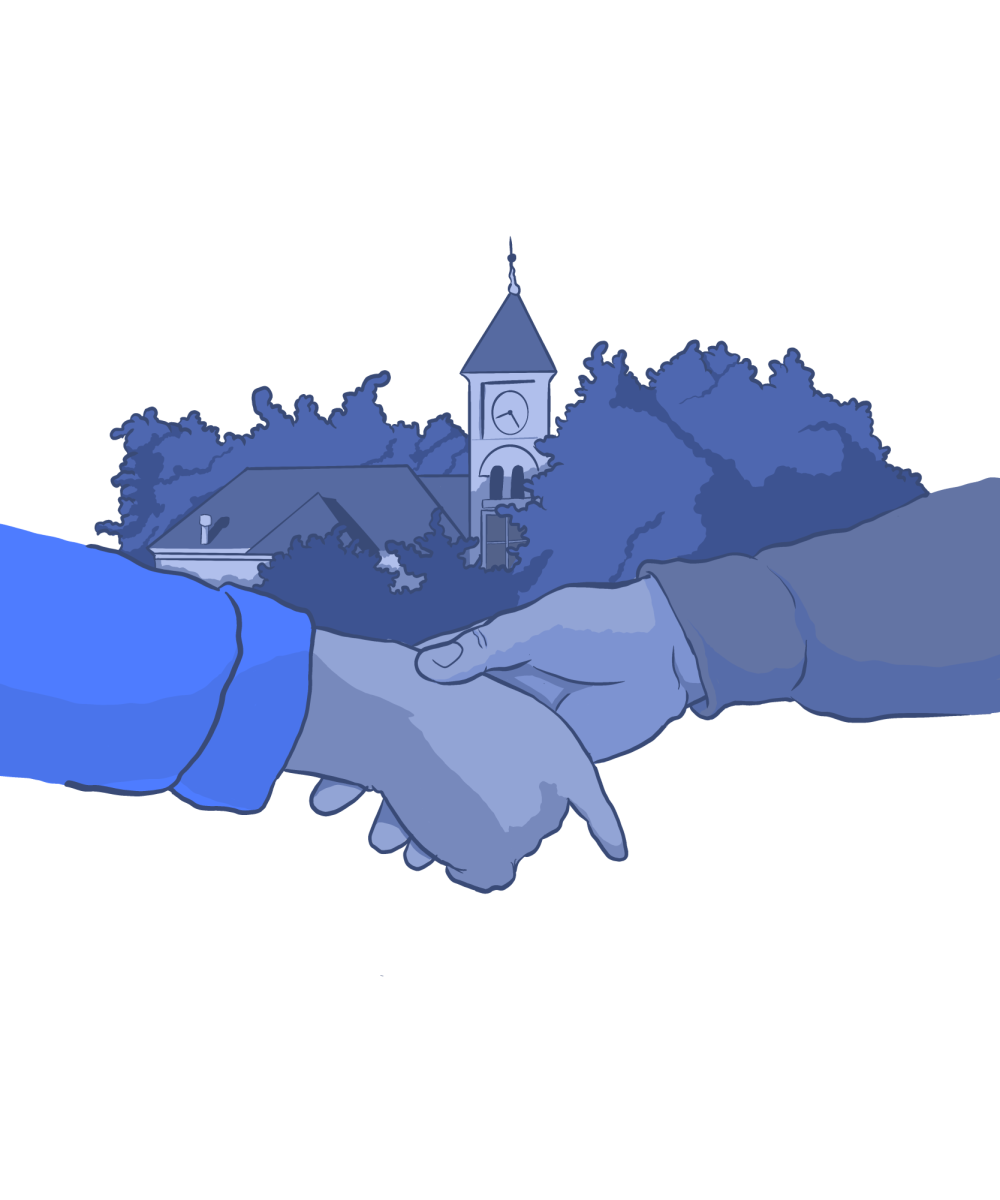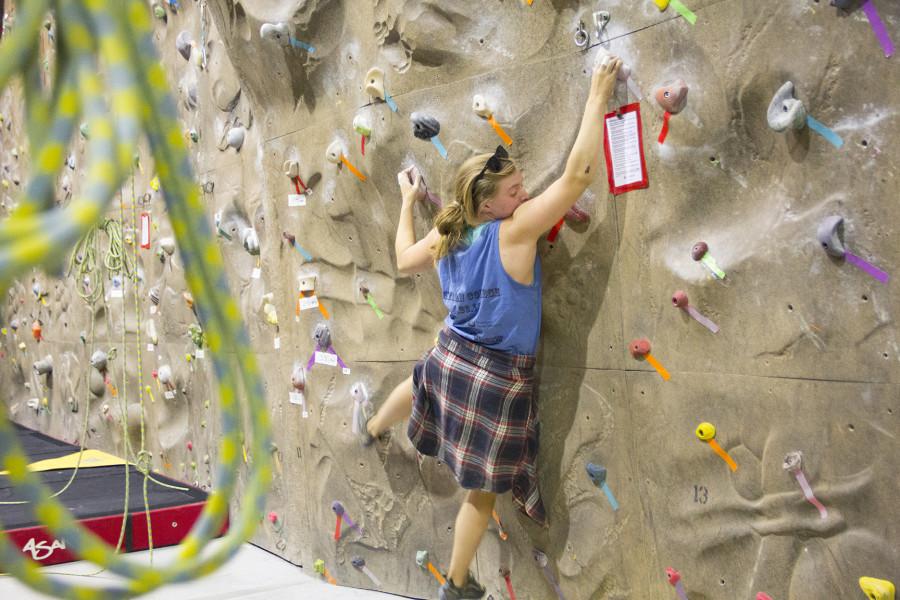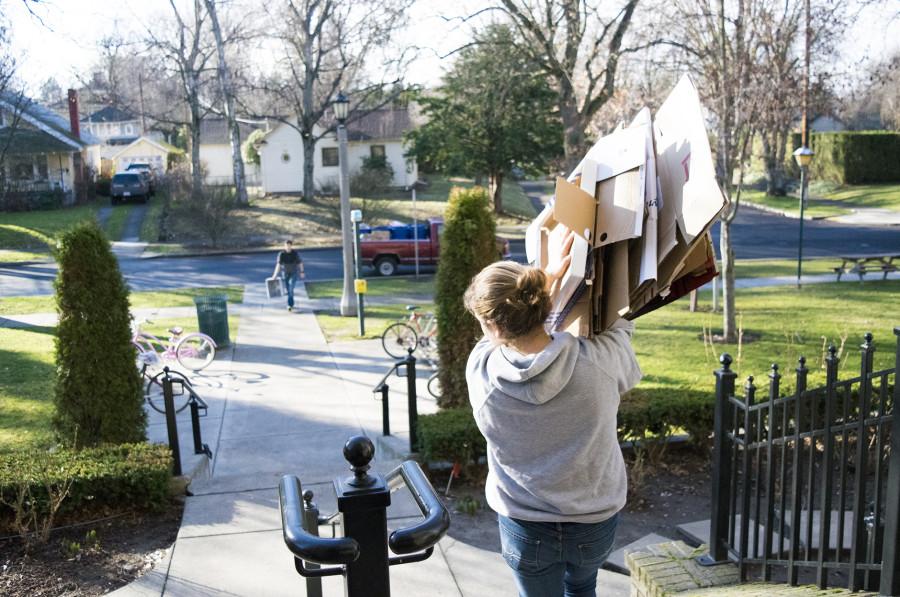At Whitman, ideals are one thing you can always count on finding somewhere. There is no shortage of people who believe strongly in something––in the end of rape culture, the abolition of modern slavery, the inadvisability of GM crops––and assert that the only way to get it is to fight for it.
This semester, with the Now is the Time campaign to divest from fossil fuels, environmental issues have taken center stage. However, wherever there are young activists, there are claims that their activism stems directly from their youth––that their desire to defend their beliefs will die out as they get older and are forced to deal with the “real world.”
The Circuit was curious if this was true and decided to track down alumni who had been involved in environmentalism during their time at Whitman. Camila Thorndike, who graduated in 2010 with a degree in environmental humanities, says that she initially got involved with the Campus Climate Challenge (CCC) because she is “a humanist.”
“I work on climate change because in its full realization, it threatens the human species and its well-being as much as that of any other,” said Thorndike.
In addition to being part of CCC for four years and serving as president for one, Thorndike worked for an indirect sustainability effort called Network for Young Walla Walla, which got local students involved in environmental initiatives. She described this as one of her first encounters with community organizing, and had particularly fond memories of a three-day summit at Walla Walla Community College.
“It was an incredible networking experience, getting to know each other and bridging socioeconomic divides,” said Thorndike. “It reflected my evolution towards community development that creates the links to place––if you have a strong ‘sense of place,’ you are less likely to abuse it.”
Though the Network is now defunct, Thorndike’s experience led her into a series of environmental jobs that encompass a broad cross-section of the green movement. Among other things, she has worked in Tuscon, Ariz., as an urban planner, and in Vermont, connecting racially diverse conservation movements. Currently she serves as director of engagement for “Coal: The Musical and Movement,” a musical storytelling project.
In one way or another, all of Thorndike’s post-college jobs connected with the human side of the environmental movement. As she has grown professionally, she has begun to think of organizing people as something that must be positive, not reactive.
“It’s not assuming people don’t care, it’s assuming that they do,” she said. “If you want to build the chorus of voices that will sing us in the direction of sustainability, you don’t start with the world. You start with them as individual[s].”
Elena Gustafson ’10 and Lisa Curtis ’10, who graduated with Thorndike, also attended the three-day WWCC summit. Though they shared some of her ideals in college, their differing conceptions of environmentalism led their paths to diverge. However, they have had some similar experiences––particularly in discovering that changing the world does not need to begin with resistance or accusation.
Since college, Gustafson has believed in the potential of outdoor leadership to educate the next generation that will inherit the Earth.
“I was definitely active in climate and went to Powershift one year, but my main passion was environmental education,” she said. “If we don’t set up the next generation to care for the earth, we won’t have the next generation of environmentalists in place.”
While in Walla Walla, Gustafson founded the Youth Adventure Program to lead day trips with local schools and organizations such as the YWCA. Since then, she has worked several other outdoor leadership jobs. Recently, she has been working with youth again as the director of the children’s program at a domestic violence shelter in Alaska. She said that the things she has seen there have run contrary to the way she saw the world as a college activist.
“I’m working right now with families and kids who are in such difficult situations that if someone tries to talk to them about climate change or recycling, they won’t care,” she said. “Families are dealing with such internal trauma that there’s no extra energy for them to engage in an environmental ideal.”
Though Gustafson is no longer working an environmentalist job, she shares Thorndike’s belief that the green movement is ultimately about individuals. She said that she now has a better understanding of something which frustrated her in college––the reason why not everyone cared about her cause as much as she did.
“I think it’s important to be able to step back and think about the issues that might be going on in these people’s lives,” she said. “As environmentalists, it’s important to meet them at their level.”
Curtis, who served as sustainibility coordinator in her senior year, had a successful career as an activist while at Whitman. As a member of CCC and a Pioneer journalist all four years, she was able to secure funding for five separate green projects, as well as attend a United Nations conference as an environmental lobbyist.

“You can’t go to a U.N. conference and not be frustrated by how little our policymakers are doing to address this issue,” said Curtis. “You also can’t not be awed by all these people around the world who are working so intently on making our planet a better place. Talking to people from Africa or small islands like the Maldives inspired me to remember why I was doing what I was doing.”
After graduation, Curtis joined the Peace Corps, which sent her to Niger. Unfortunately, a terrorist attack forced her to evacuate only seven months into her service, and she went to India instead. There, she took a job at an impact investing firm, which inspired her to put her trust in market forces to save the world’s ecology.

Upon returning to the United States, Curtis settled in the Bay Area and turned her attention towards the malnutrition she had witnessed in Africa. Her startup company, Kuli Kuli, aims to promote a nutrient-rich grain to fight hunger while funding its effort by selling bars made of the same grain in the United States.
“Starting a company is way harder than I imagined,” she said. “We’ve been working on it for two years, and we’re starting to see some progress. One thing that was hard for me to learn was that to maintain a sustainable business model, we had to create a product in the U.S. before working in West Africa.”
Unlike Curtis, Thorndike and Gustafson, Sarah Gilman ’04 did not consider herself an environmentalist in college. A double major in art and biology, Gilman developed an interest in nature writing after participating in Semester in the West. Rather than an activist, she considers herself a journalist telling the stories of people.
“I’m not an environmental activist,” said Gilman. “I am not out there putting pressure on the government to, for example, not approve Keystone XL. My sort of environmentalism is more philosophical. My personal brand of environmentalism is to be involved in the processes that exist and to examine people’s relationship with energy resource use and the landscape itself.”

Gilman is the associate editor of High Country News magazine, based out of Montana. At Whitman, she used her artistic ability to inspire people to think of themselves and the landscape they inhabited as unified rather than dichotomous. For her art thesis, she created a quilt that doubled as a topographic map of eastern Montana.
“I was trying to convey how the landscape and the body were the same thing,” she said. “I didn’t have an action in mind for people to take. I wanted a sense of the world as one thing changing form.”
As a journalist, Gilman still writes to inspire her readers to think differently about issues of the land, resources and humanity. While her attitude towards environmentalism––that we should consider the best information available to us, rather than rushing to blame others or ourselves––remains consistent, she said she has become more literal in the way she approaches it. She recalled one instance in which she found herself disagreeing with the mainstream environmental movement in her home lands.
“I wrote for HCN about a lease proposal for 30,000 acres of land for oil and gas development,” she said. “I [ran] across the argument from environmentalists that it wasn’t about resource extraction being bad; it was about it not being the right place to drill, or not responsible development. I’ve always wondered, where, then? If you acknowlege the necessity to your own life, what is to be done? You have to look at yourself and ask how much you are willing to give up.”
Since college, Curtis has stood firm in her commitment to her causes of clean energy and an end to malnutrition; however, she has also reevaluated her approach to these causes in a way that might make Gilman proud. Instead of fighting against the system, Curtis now takes control of it to effect positive change.
“[At Whitman] I felt very anti-government, anti-business––more of an activist in the stereotypical sense than I am now,” said Curtis. “I was almost an econ major––I switched to politics at the last minute––but I’ve always been interested in the potential for the markets to make change on a broader scale than you can do with just donations and grants.”
Kuli Kuli, Curtis’ energy bar company, is operating a campaign on finance website Kickstarter to get its product into American grocery stores. Curtis has used her economics-based approach to solving world issues to great effect, gathering investors for the project.
“It’s amazing to see how much more people like that plan when there’s something in it for them,” she said. “That has reinforced my idea that to make gains on a broader scale, we have to show people what’s in it for them.”
While working on “Coal: The Musical and Movement,” Thorndike also organized an artistic action near Medford, Ore., in the Willamette Valley along with Colorado College graduate Hannah Sohl. More than 13,000 participants came together to create a giant painted salmon on which they answered the question of why they love their home in the valley.

Using the concept of a sense of place, Thorndike united a diverse group of people in defense of the home they shared. Her explanation recalled Curtis’ idea that people will help the planet if there is something in it for them; however, that something need not necessarily be money––it could be health, family or a place to call home.
“We’re taking that big salmon up to the capital and convening a statewide day of citizen-driven climate action,” she said. “The region is actually quite conservative and diverse in terms of culture. One of the best practices in organizing work is to meet people where they are.”
Thorndike characterized herself as far more of a psychologist, therapist and community organizer than she once was, and said that the change is in line with her humanist way of thinking. Like Gustafson, she discovered since graduating that people will never unite behind an environmental cause if activists only tell them what they are doing wrong.
“You try to elevate people to the level of consciousness and of care and of integrity in actions that align with their values,” she said. “It’s about listening to what they care about and about how to make the link that we both care about the same thing. If you are driven to increase your family’s welfare, well, you can’t do that without clean air, water that your kids can drink and biodiversity on the planet.”
As Gustafson progressed in her professional life, she too gained a greater understanding of the psychology that determines whether or not a person will care about the state of the planet. She said that she too has learned that environmentalism won’t succeed if its activists draw too distinct lines between right and wrong.
“Psychologically, it’s difficult to get people to engage outside their local level just because we can’t understand the numbers that are being thrown around,” said Gustafson. “There’s only a handful of people who will work on a national campaign, but you can get a lot of people involved in a local campaign––even people who initially wouldn’t support environmental work.”
At her job in Alaska, Gustafson has seen firsthand the power of a community issue to bring people together who will work in the best interests of their home. She cautioned the environmental movement not to lose sight of this power, reminding us that even people who might disagree politically will unite to defend something they all care about.
“I can still support the national campaigns in limited ways, but I can’t forget the importance of diving into local issues and not thinking they’re too small to matter,” she said.
Whitman College’s divestment campaign is building momentum, heading into further meetings with the Associated Students of Whitman College and administration about where the school’s endowment can go from here. The collective sentiment of the people to whom The Circuit spoke––insofar as their diverse stories and viewpoints agreed––seemed to indicate that the 350 effort will not succeed without focusing on positivity, demonstrating specifically how we can use the college’s money for good instead of harm.
Gilman, the environmental journalist, asked us all to consider our true contribution to what Thorndike called “an absolute explosion of problems.” For her part, Gilman puts her faith as she always has in the constancy of the planet Earth. Her artistic quilt, which included bones made out of sheeting material, was intended to make death less scary by placing it as part of a cycle. In the same way, Gilman’s brand of environmentalism teaches that the Earth will not be destroyed if we can’t win every battle.
“The goal is to inform more than anything else, but I do still write essays. I still express those ideas pretty regularly,” said Gilman. “I wrote an essay about the beauty of a blasted place in Montana––it’s beautiful because it’s not destroyed. The world is not a breakable thing … it will persist no matter what we do to it.”



